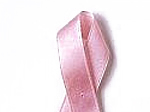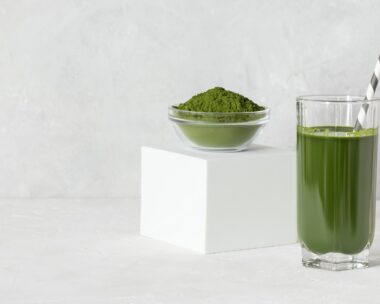Screening and treatment techniques in Australia are becoming more specific, refined and effective each year. Diagnosis A lump is less likely to be misdiagnosed today due to improvement in screening technology and practice. Higher resolution of images in mammography and ultrasound means smaller cancers are being identified earlier by specialised operators. Biopsy is then used to remove cells from the actual tumour so they can be tested for cancer. In the pipeline are sharper imaging techniques, such as digital mammography, which converts breast x-rays to computer images and magnetic resonance imaging, which is like a CAT scan of the breast.
Surgery As recently as 20 years ago, mastectomy was a disfiguring operation that often involved the removal of muscle under the breast and near the armpit, leaving little more than skin over ribs. Today more breast and muscle tissue is conserved without compromising a woman’s outcome, and greater attention is paid to cosmetic results. For tumours smaller than 2cm, a lumpectomy is usually conducted to remove the tumour and a small rim of normal breast tissue around it. If the cancer is caught early, this is just as effective as breast removal.
Chemotherapy To kill any stray cancer cells that might have spread through the body, most women have to undergo chemo. In recent years, the delivery of chemotherapy has vastly improved so it causes fewer side-effects, boosting the quality of life for women being treated for breast cancer.
Radiotherapy Since the 1970s, radiotherapy has steadily improved, reducing the likelihood of breast cancer recurrence after surgery.
Tamoxifen The gold star treatment for women with hormone responsive breast cancer, tamoxifen has significantly improved survival chances by reducing recurrence. It works by blocking the oestrogen sites that feed a hormonally related breast cancer, stunting its growth.
Antibody therapy Up to 30 per cent of breast cancers involve a receptor called HER-2/neu, which sits like moss on the surface of breast cancer cells and stimulates their growth. The antidote is Herceptin, a drug containing an antibody which attaches itself to the receptors and interrupts their action.
Cosmetic options After mastectomy, women now have better cosmetic choices. They can choose prosthetics or a range of breast reconstruction options.
Prosthetics: Rubberised or silicon breast prosthetics can be worn in a special bra to even out weight between the breasts and ensure correct posture.
Breast reconstruction: There are three techniques:




